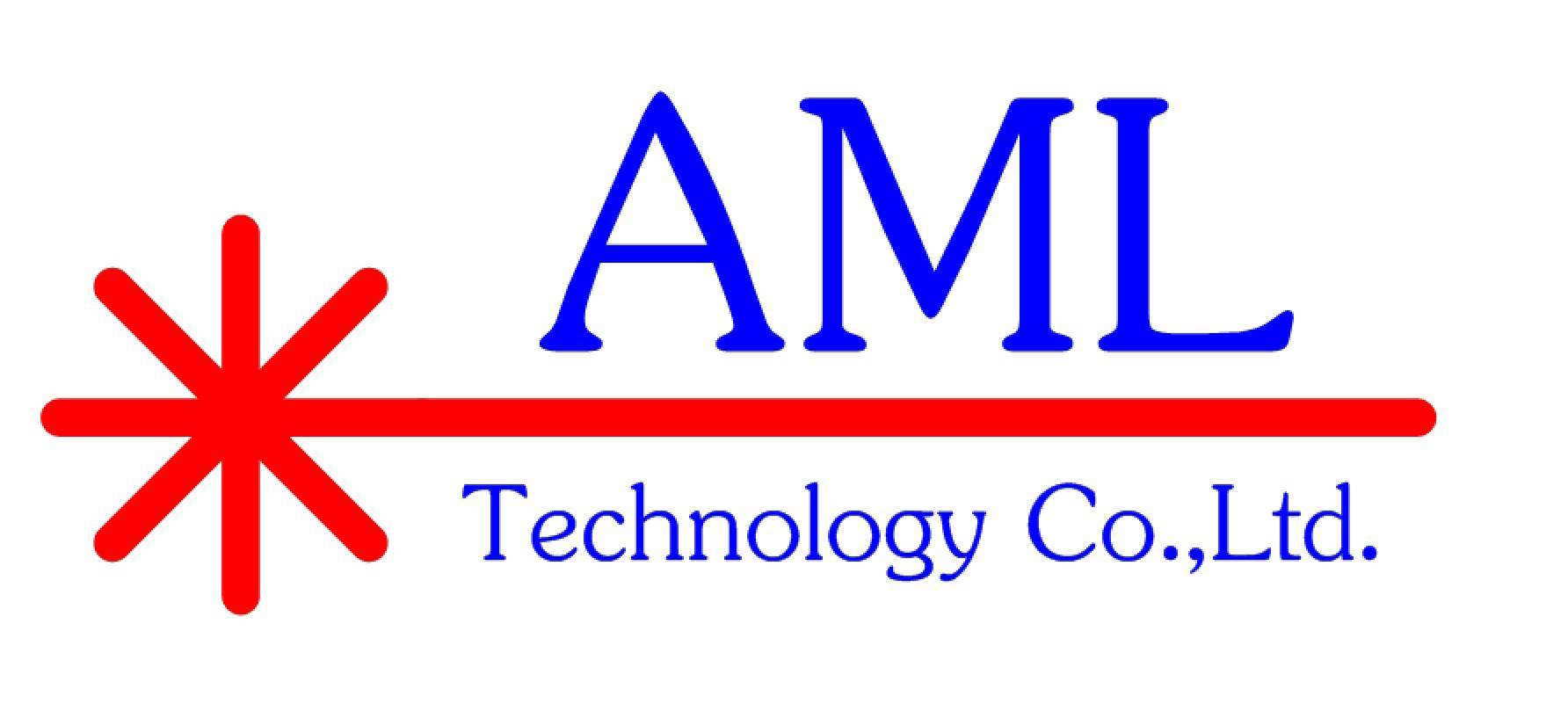Technologies  Technologies
|
Adsorption
Adsorption is the process by which particles, e.g., solvent molecules, become attached to a solid adsorbent. Pressure, temperature and the chemical conditions determine the process of adsorption.
continue >>
|
|
Catalysis
The principle of catalytic combustion was discovered in the 19th Century by the Jena chemistry professor Johann Wolfgang Döbereiner. 1823 he developed, based on his findings, a catalytic lighter. Since then, the catalysis made its way in different areas, often unnoticed.
continue >>
|
Aerosols & Particles
Aerosol, whether containing solid or liquid particles, are not retained by adsorption systems. The reasons are the particle size and the low diffusion of these relatively large particles. Even droplets are held together by surface tension and tend not to enter the pore space of an adsorbing material.
continue >>
|
Adsorption
Catalysis
|
Introduction
Catalysis is a method for acceleration and control of chemical reactions. The phenomenon was discovered 200 years ago. Today, catalysis is used in numerous technical applications.
continue >>
|
|
Fundamentals
A catalyst facilitates, accelerates or controls a chemical reaction without being consumed.
continue >>
|
Catalysis in exhaust treatment
The treatment of exhaust, such as in the KATASORB and KATACLEAN processes, is a very important application of catalysis.
continue >>
|
Aerosols & Particles
|

 Laser Diode and DPSS Laser system
Laser Diode and DPSS Laser system High Power Tunable External Cavity Diode Lasers
High Power Tunable External Cavity Diode Lasers Nd:YAG Laser Systems
Nd:YAG Laser Systems Spectral Products & CVI Laser
Spectral Products & CVI Laser Excimer Lasers
Excimer Lasers Synrad Lasers
Synrad Lasers  Gauge Calibration Instruments
Gauge Calibration Instruments Corning Tropel Interferometer system
Corning Tropel Interferometer system Mask Aligner & Spin Coater equipment
Mask Aligner & Spin Coater equipment PCO Imaging High Performance Camera system
PCO Imaging High Performance Camera system Customer Laser Spectroscopy and High Resolution Imaging System
Customer Laser Spectroscopy and High Resolution Imaging System Cryogenic
Cryogenic